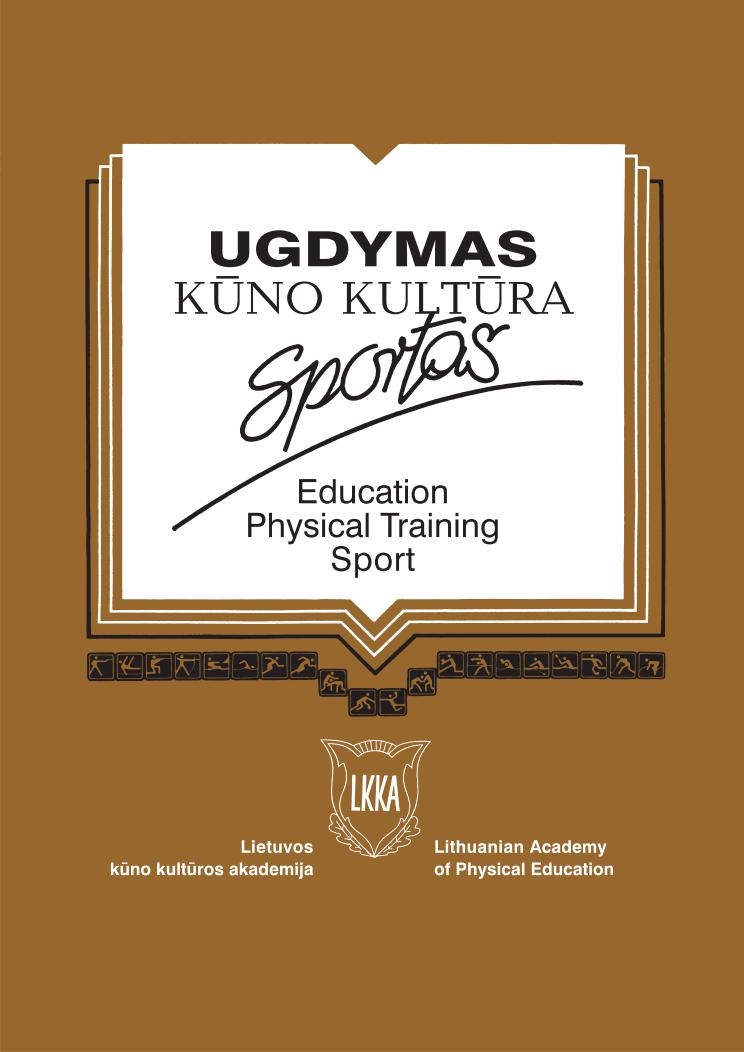Low-Frequency Fatigue at Different Muscle Length Following Intermittent Eccentric Drop Jumps in 12—14 Year-Old Boys
Abstract
Low frequency fatigue (LFF) in 12—14 year-old adolescent boys (n = 10) doing 75 eccentric jumps performed every
20 s from a platform 80 cm high was investigated.
Thus the aim of this study was to find out if LFF manifests itself in the muscles of boys aged 12—14 years doing 75 drop
jumps performed every 20 s at angles of 90˚ and 135˚ from a platform 80 cm high. The results of the research have shown
that doing 75 eccentric jumps performed every 20 s calls forth LFF in the muscles of boys that is particularly strong and
disappears more slowly at a shorter length of the muscle exercised. Thus, the hypothesis as to the sarcomeric origin of
LFF in the muscles of boys and men has been confirmed. Besides, the muscles of men of mature age are more resistant
to LFF than those of boys. This fact, as well as a more acute pain brought about in the muscles of boys, indicates that
the muscles of boys are less resistant to mechanical damage than those of men of mature age.
It is maintained that as a result of the eccentric exercise performed, some portion of the weak sarcomeres gets torn
and then the strong sarcomeres, i.e. the ones that develop contraction force have to work at a shorter muscle length.
When muscle contraction length is short the sensitiveness of miofibrillas to Ca 2+ decreases. It is rather unexpected
though that 24 h after the end of the exercise the force developed by electrostimulation at low frequencies (20 Hz) is
smaller (p < 0.05), as compared to the initial force registered at a shorter muscle length. Since after the exercise there
was also a decrease in the force developed at a shorter muscle length in particular, the sarcomeres are believed to
have been damaged during eccentric exercise.
Keywords: electrical stimulation, force, age, muscle damage, stretch-shortening exercise.






